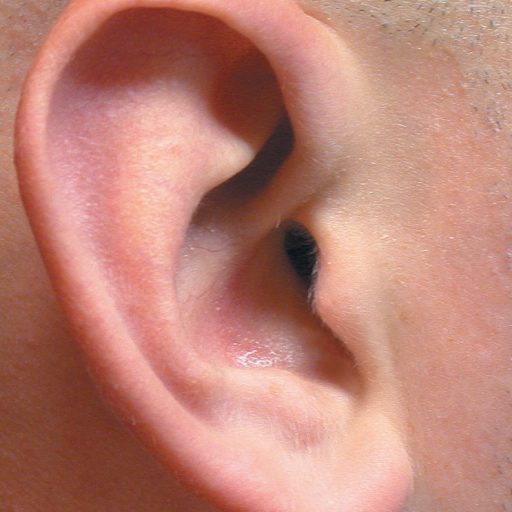Efdemin: Decay (Dial)
The latest from Phillip Sollman as Efdemin is a significant departure from his previous albums. It’s also one of the best techno albums of recent past, making the deviation from his usually more lush stylings into far more repetitive and minimal terrain a good thing. Whereas 2010’s Chicago album was more organic feeling, more human, Decay is the complete opposite. It’s hypnotic and mesmerizing, an album where changes in the sound are subtle and nuanced. Only on “Track 93” does Decay feel like it’s dipping its toes into the same pool of techy house (undermined only by its very fast tempo), with a startlingly clear vocal sample singing, “I gotta love, love, love, right here.” Paired with “The Meadow,” it’s a break in the style that otherwise permeates the album.
Indeed, most of Decay’s tracks instead are meditations on hypnotic rhythm and repetition, with tracks like “Transducer” working with subtle variations in looping and layering while a pulsing pattern radiates continually from its core. It’s interesting that one of the tracks is “Solaris,” with its chiming, pseudo-gamelan chorus of chimes, which reminds me of Cliff Martinez’s excellent score for Soderbergh’s reinterpretation of Stainslav Law’s text of the same name. “Decay” also is a highlight, with an almost annoyingly repetitive hihat chime tempered by creeping pads and undulating synth patterns. The decision to add vocal samples and phrases into the music is an odd one, perhaps lending it an extra edge of humanity (arguably, as many voices are distorted to be slower and creepier) amidst the shimmering technology of the music. The presence of these samples neither makes nor breaks the music, for me, but it does perhaps help break up Decay’s otherwise repetitive themes and styles. By tightly honing his focus on this suite of tracks, Sollman has created one of the better techno opuses of recent years. It’s an hour of music that goes down surprisingly easily despite its minimal framework and sensibility — a triumph of less-is-more that services the dancefloor and the brain equally well.


0 Comments